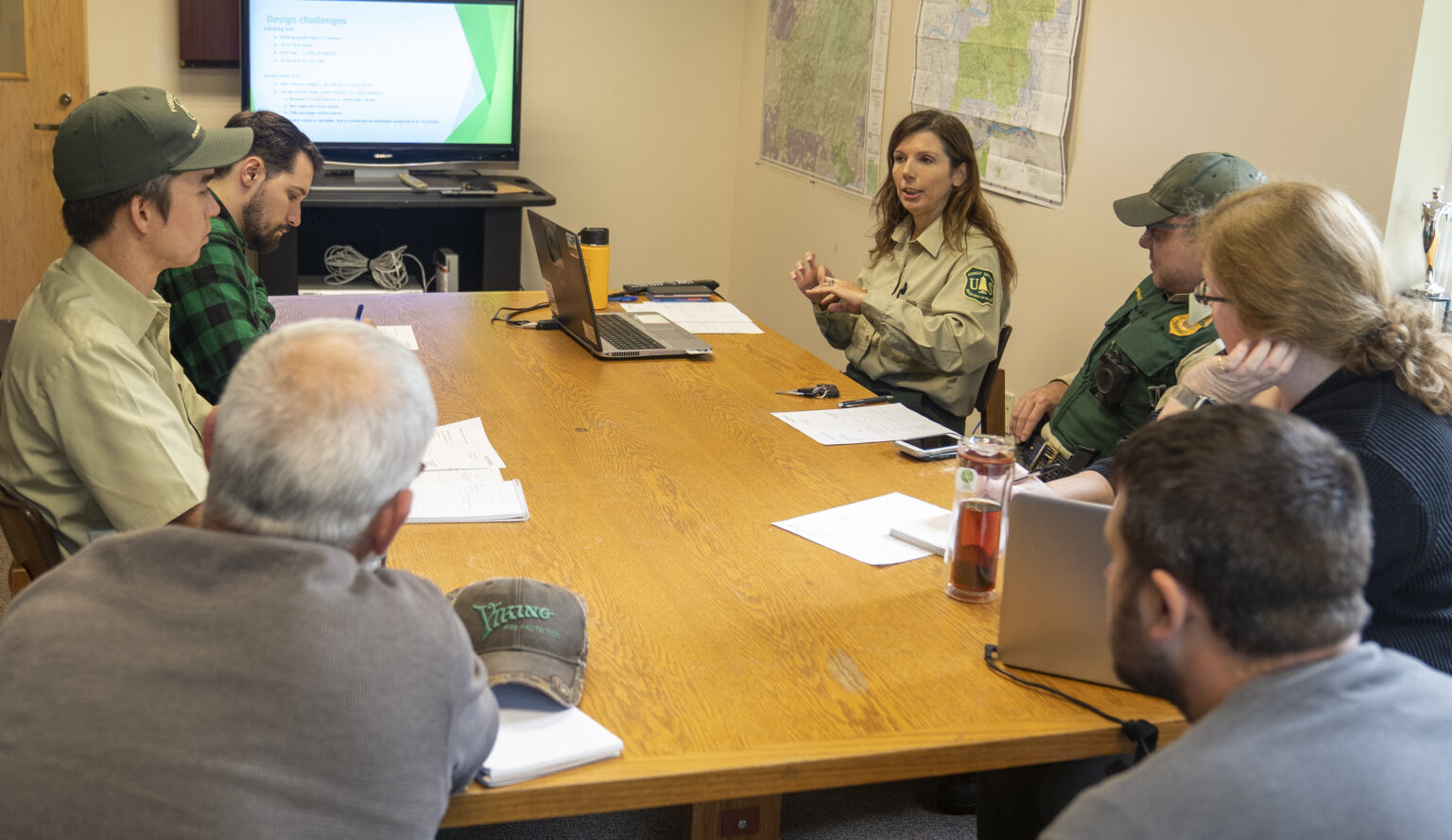Capitol Chatter: Salem’s windfall from the Legislature built on relationships
Published 5:30 pm Thursday, September 2, 2021

- Capital Chatter square logo
This is the story of how one Oregon city turned its longtime adversarial relationship with state government into a political and financial windfall.
That city is the state capital, Salem, where I’ve lived for nearly 40 years and which itself is a microcosm of Oregon. It’s a fitting home to the Oregon State Fair.
Trending
Situated between the liberal bastions of Portland and Eugene, the Salem area is a sometimes-confounding mix of urban and rural, liberal and conservative, including public officials — and this week, fairgoers — who wear facemasks and those who don’t.
Salem came away bigtime from this year’s legislative session. Having friends in high places helps. “Everything they asked for this session, I got for them,” Senate President Peter Courtney, a Salem Democrat, told me.
That includes $20 million to improve the city’s drinking water system, $10.5 million for homeless shelters, $7.5 million to develop housing for survivors of domestic violence, nearly $6 million for the local bus system, and $4 million for the new YMCA building. All those dollars are in addition to the region’s share of statewide programs.
Salem Mayor Chuck Bennett said people assume Salem just gets money because it’s the capital or because Courtney loves his adopted city. But Salem’s success at the Legislature in recent years reflects a concerted effort to rebuild Capitol relationships. “It has paid off in terms of the kind of assistance we’re getting,” Bennett said.
Us vs. Them early on
When Courtney began his political career on the Salem City Council in the 1970s, he found the city and state in an adversarial relationship.
Trending
“I remember being on the City Council and somebody saying, ‘Well you know, it’s the state government — it’s like a big elephant.’ I said, ‘What do you mean?’ ‘It can cross the street whenever it wants.’”
No longer does Courtney sense such antagonism. His fellow legislators have stepped up to help Salem deal with homelessness and myriad other issues.
“I can give you issue after issue where they’ve been very supportive to help the state capital when she’s struggling with some issues that are actually statewide and nationwide,” he said.
Cost-benefit ratio skewed?
For years, an unsettled debate in Salem was whether the community benefited from being the capital. State government is the largest employer, but thousands of those workers are commuters who use city streets and services but pay no property taxes to support them.
State property also is exempt from property taxes that pay for police, fire and other services. A past mayor even campaigned against Oregonians using “Salem” as a synonym for state government.
“More than once, I think people have suggested that it costs more to have the state here than not, which is absolutely untrue and very, very shortsighted,” Mayor Bennett said.
Such whining was more than ineffective. It was counterproductive.
“We went for years with no help from the Legislature,” Bennett said. “A huge part of it was just an absolute failure to go over and explain our story and explain what’s going on here and focus attention and treat them for what they are, which is our largest employer.”
Bennett, who took office in 2017, strived to get the city government on better terms with Courtney, whom a past city council had slighted. “I made a very conscious and concerted effort to improve what had become, I think, a very strained relationship with him over the past several years,” Bennett said.
The city also hired a lobbyist versed in the state budget process. Like many cities, Salem officials had primarily tracked policy bills at the Legislature instead of working assertively on bills and on the budget process.
Making the right connections
A longtime lobbyist and before that a legislator, Bennett said influence at the State Capitol depends on building personal relationships of trust, knowledge and respect.
“There are only certain people at the Legislature who have their finger on the switch, particularly if you’re interested in funding, if you’re interested in certain kinds of policy that relate very specifically to your community,” he said.
Courtney certainly plays a critical role for Salem, more than his one-term predecessor as Senate president, Salem Republican Gene Derfler. But Courtney is mum about his political plans. He is 78, he already is the longest-serving Oregon Senate president, he has endured major health crises, and the Senate Democratic Caucus has moved to his left.
The question becomes what happens locally when Courtney no longer is in power.
“The day he leaves from there, it’s going to be another change in dynamics in the Capitol,” said Marion County Commissioner Kevin Cameron, a former Republican legislator. “He’s been the backstop for a lot of things that I think would have hurt the state.”
That has been the advantage of someone who knows Salem and Marion County, as well as Oregon.
Bipartisan effort
Despite often disagreeing with the Legislature’s majority Democrats, Marion County’s Republican commissioners have worked to maintain good relationships with Courtney and others. Cameron, who has Gov. Kate Brown on speed-dial, credits state officials for wildfire recovery efforts in the Santiam Canyon and for helping the county move forward on other canyon projects.
In the end, Marion and Polk County, which includes the West Salem neighborhood across the Willamette River from the rest of Salem, represent Oregon’s changing political, racial/ethnic and economic diversity. I’ll conclude this column with three examples:
- Marion County’s legislative delegation includes both Courtney, a moderate Democrat, and Senate Republican Leader Fred Girod, a conservative from Lyons, two men who can work together despite ideological disagreement. It’s noteworthy that Courtney appointed Girod to lead a powerful budget subcommittee. Although the delegation has changed through the years, it had a history of local bipartisanship. For example, Courtney and the late Sen. Jackie Winters, R-Salem, collaborated to save the state fair, working with Derfler and others.
- Salem traditionally has been a conservative community that elected moderate to liberal legislators. Yet the City Council for several years has tilted to the progressive side. Meanwhile, the Marion and Polk county commissioners are all conservatives.
- The Salem-Keizer School District is the state’s second-largest, with more than 40,000 students last year. Its superintendent, Christy Perry, regularly is ranked among the nation’s best.
Yet many challenges face the district: 88 different languages are spoken in schools, about 70% of students are economically disadvantaged, and 44% of students are Hispanic.
Voters this year elected a progressive majority to the school board, who were backed by a broad coalition that included 12 labor unions, racial justice organizations and others.
On the other side were conservative candidates backed by the Oregon Right to Life PAC, business interests and other groups.
“Salem’s success at the Legislature in recent years reflects a concerted effort to rebuild Capitol relationships.”





